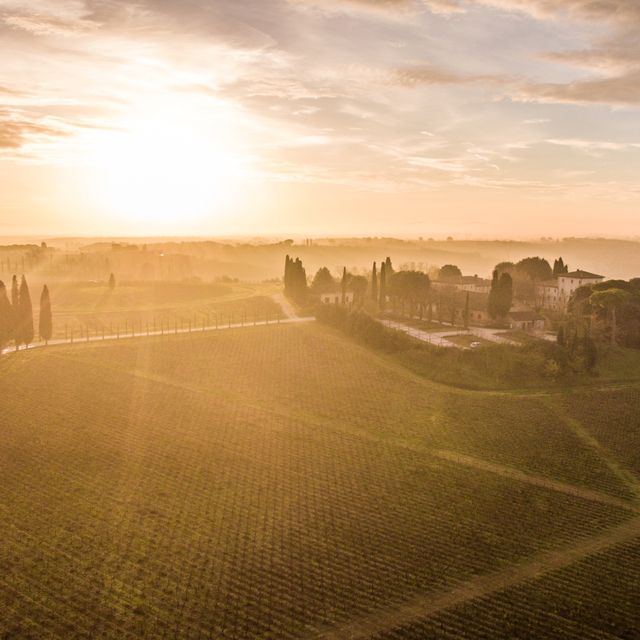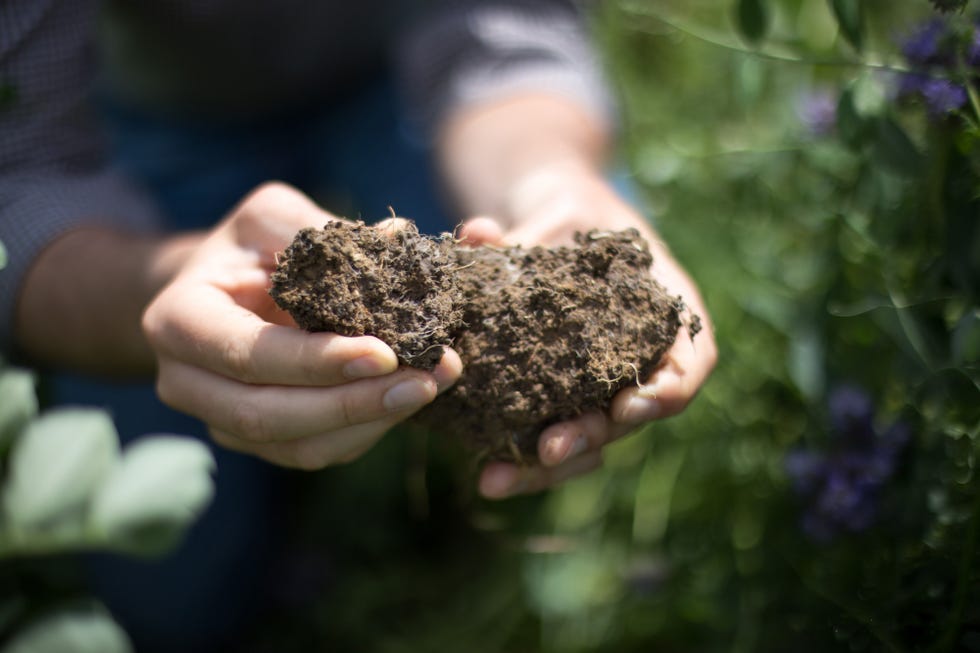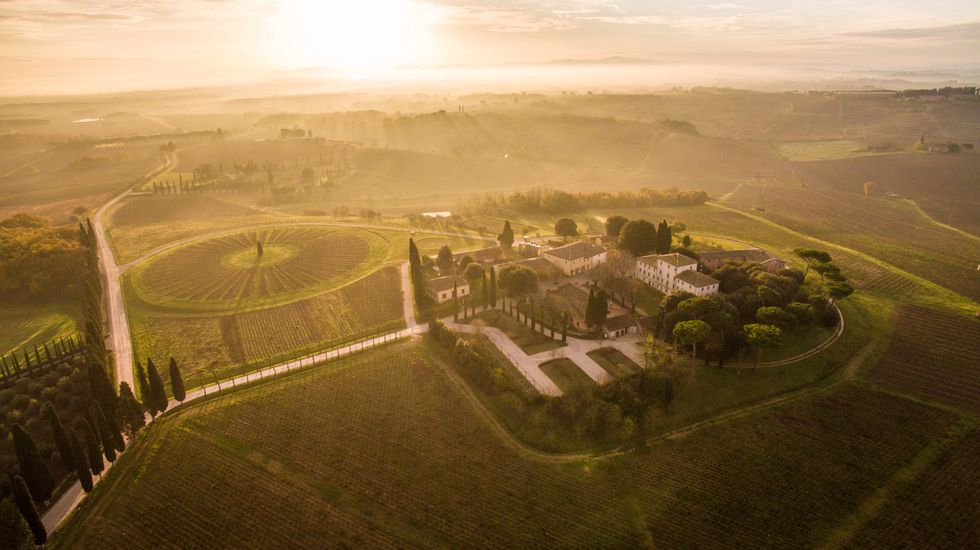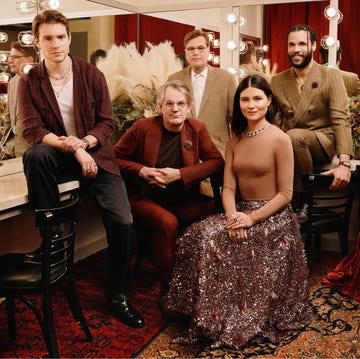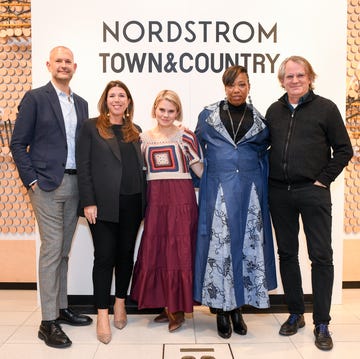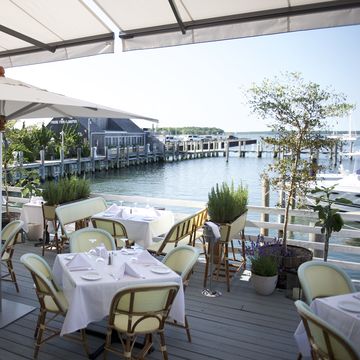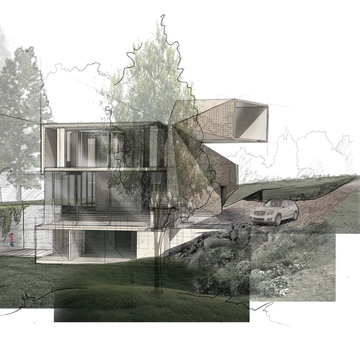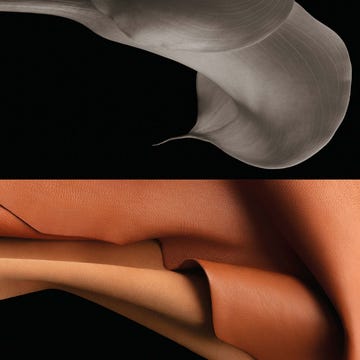The Avignonesi winery, in Montepulciano, Italy, is planting a 10-acre plot of grape vines called La Stella (The Star) in a most unusual way: it's focusing on the interdependence of nature to achieve a thriving environment of growth and activity. This means doing away with strict adherence to a certain way of pruning vines and allowing other plants to grow among them. It's an idea inspired by ancestral practices that didn't focus on monoculture.
If all goes as planned, it will become a biodiversity sanctuary, a place where vines will grow in a lush, ever-blooming garden of bushes, shrubs, medicinal herbs, and fruit trees and where insects, birds, and other animals will flourish. Geese will have their own space in the plot, since they'll play a key role in regulating grass growth and maintaining soil fertility. (To make sure they feel at home, they'll have a pond to swim in below the vineyard.) Migratory birds will also be attracted to the hedges and trees, which will give them refuge on their journeys. Then there are the bats, which will have a starring role in insect regulation, not to mention sheep and rabbits, which will also populate the area.
This project was conceived by owner and winemaker Virginie Saverys, agronomist Alessio Gorini, and a dedicated production team who all hope the vineyard will hit a sweet spot in addressing the reality of nature's interdependent systems, climate change, and soil health. Her 680-acre estate is already one of the leading biodynamic producers in Tuscany, and just earned an elusive B-Corp certification (a private certification of for-profit companies of their "social and environmental performance"). Saverys, a Belgian-born former attorney, believes sustainability is the key to making good wine and more. "The aim of the new Stella won't be just the production of superb wines as perceived by the mainstream market. Its objective is to free the vines from their confinement and spread them in an entourage propitious to the fullness of their faculties. We know this is a groundbreaking project, and we wish to set an example for future generations" she says.
More and more winemakers—faced with environmental challenges and growing social concerns—are rethinking current methods of wine and winemaking. Many, including major players like Moët Hennessy and Rivetto, are also considering agroforestry (interplanting vines with trees and shrubs) as a possible approach to viticulture in the future.
Saverys hopes La Stella will become a sanctuary where great Sangiovese grapes are just one of the results. "We want to make these normal practices that can be applied to many other contexts. Most of this attention will have an impact on the environment rather than on the specific characteristics of the wine. We want to produce a wine that has a sense of place and time, able to convey the harmony we are trying to create within the vineyard," says Gorini.
The vineyard will cover one of the plots at the winery's hospitality center at La Fattoria delle Capezzine. The Italian philanthropist Angelo Vegni built a factory here during the late 19th century, with the aim of bringing together agricultural activities specific to Tuscan climate and soils and making polyculture an almost indispensable choice. This visionary approach still resonates today in the "contemporary" idea of the circular economy. Saverys points out that new plantings like hers are not meant to be exclusive or out of reach for other wine producers looking for real solutions into the future. "La Stella should be an example of eco-friendly viticulture from an environmental and socio-economic standpoint. We ought to design not a thriftless way of farming unaffordable for most winegrowers but an inspiring model easy to copy or adapt" she says.
The plot space has already been cleared and the soil is being allowed to rest for three full years so that soil health can be optimal. The first trees will be planted in 2023, and vines the following year. It will most likely be 2027 before the first harvest from this grand experiment. Will we be able to taste the difference in a wine made from grapes grown in this idyllic environment? We just might.
Karen Lubeck writes about wine and culture for Townandcountrymag.com.
